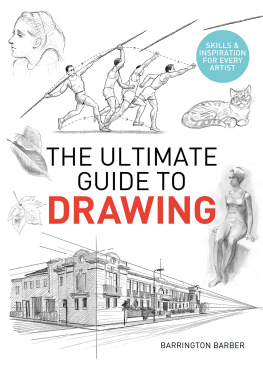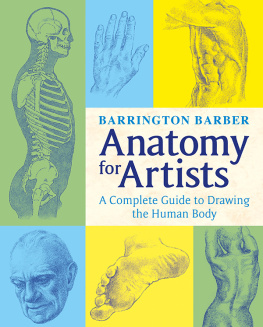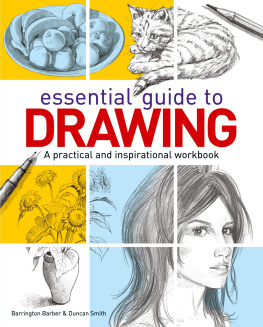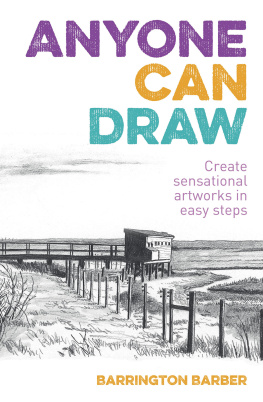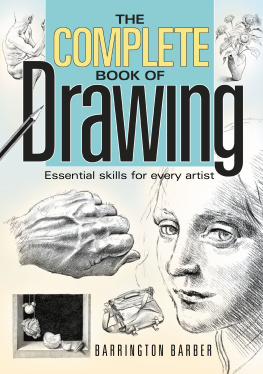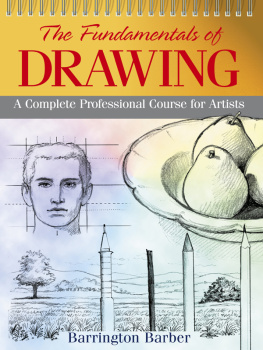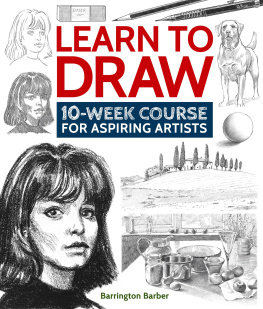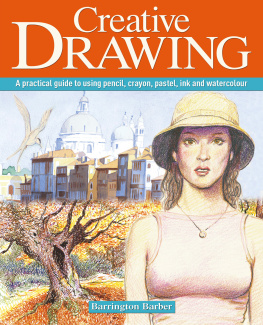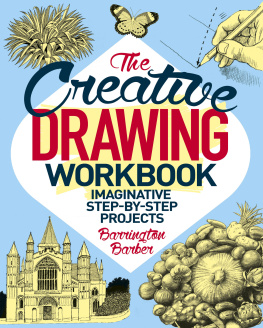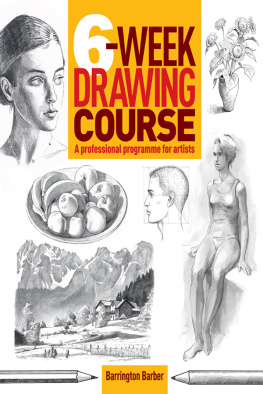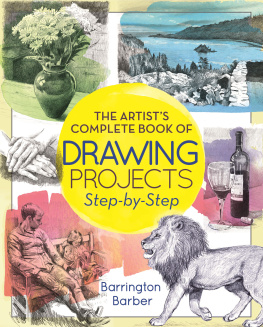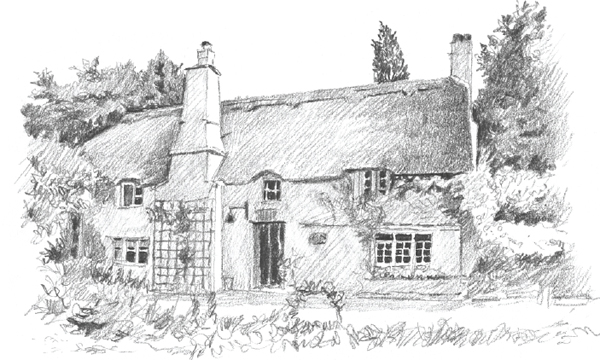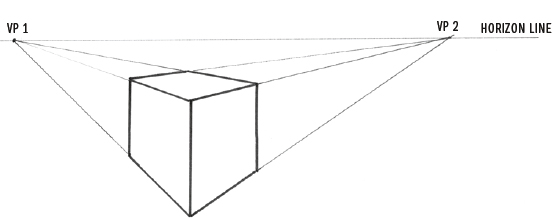Barrington Barber - 50 Drawing Projects: A Creative Step-by-Step Workbook
Here you can read online Barrington Barber - 50 Drawing Projects: A Creative Step-by-Step Workbook full text of the book (entire story) in english for free. Download pdf and epub, get meaning, cover and reviews about this ebook. year: 2015, publisher: Arcturus Publishing, genre: Art / Computer. Description of the work, (preface) as well as reviews are available. Best literature library LitArk.com created for fans of good reading and offers a wide selection of genres:
Romance novel
Science fiction
Adventure
Detective
Science
History
Home and family
Prose
Art
Politics
Computer
Non-fiction
Religion
Business
Children
Humor
Choose a favorite category and find really read worthwhile books. Enjoy immersion in the world of imagination, feel the emotions of the characters or learn something new for yourself, make an fascinating discovery.
- Book:50 Drawing Projects: A Creative Step-by-Step Workbook
- Author:
- Publisher:Arcturus Publishing
- Genre:
- Year:2015
- Rating:5 / 5
- Favourites:Add to favourites
- Your mark:
50 Drawing Projects: A Creative Step-by-Step Workbook: summary, description and annotation
We offer to read an annotation, description, summary or preface (depends on what the author of the book "50 Drawing Projects: A Creative Step-by-Step Workbook" wrote himself). If you haven't found the necessary information about the book — write in the comments, we will try to find it.
In this imaginative new book, Barrington Barber presents an array of interesting subjects, including people, pets and everyday objects in and around the home. Each project is broken down into easy-to-follow steps which culminate in a finished drawing. The reader is then invited to make his or her own version of the subject. Combining guidance for beginners with challenging subjects for more experienced artists, 50 Drawing Projects is a relaxing way to discover and develop one of lifes most rewarding creative skills.
SUBJECTS INCLUDE:
Still life
Animals
Flowers
People
Barrington Barber: author's other books
Who wrote 50 Drawing Projects: A Creative Step-by-Step Workbook? Find out the surname, the name of the author of the book and a list of all author's works by series.


